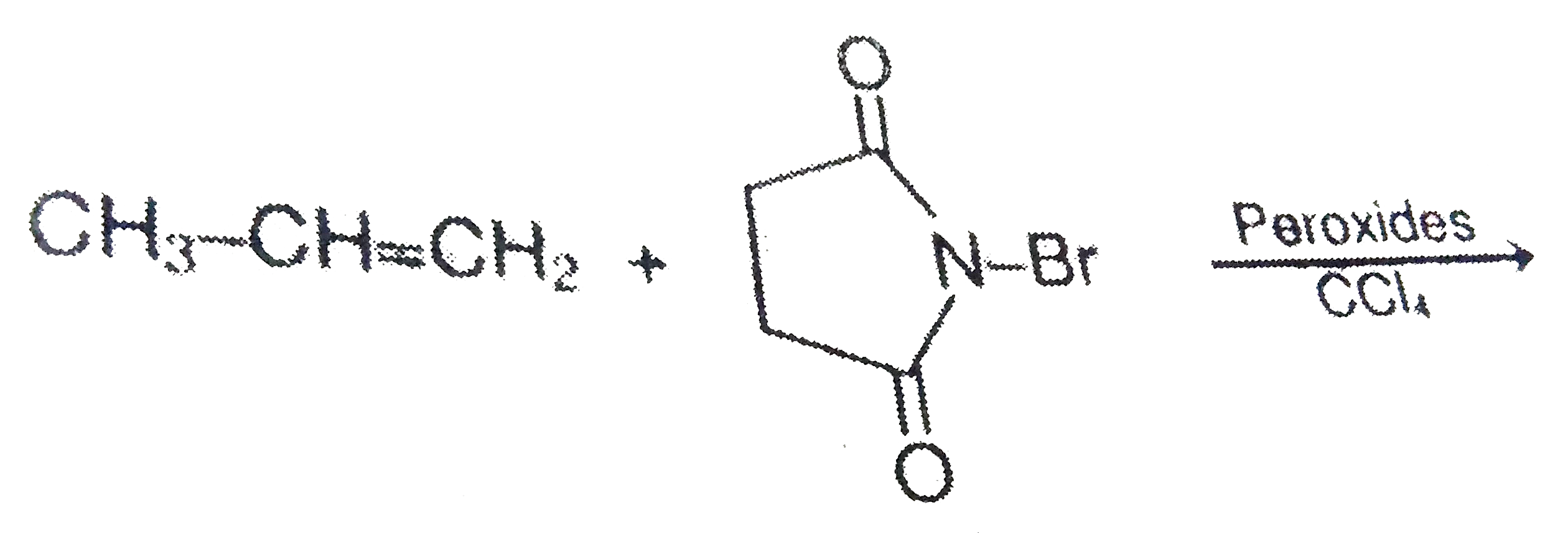How are the reactions classified on the basis of rates of reactions ? Give examples.
Step-by-Step Solution:
1. Classification of Reactions Based on Rates:
Reactions can be classified into three main categories based on their rates: fast reactions, moderate reactions, and slow reactions.
2. Fast Reactions:
- Definition: Fast reactions, also known as instantaneous reactions, are those that occur in a very short amount of time.
- Example: A common example of a fast reaction is the burning of an active metal like sodium. When sodium reacts with oxygen, it burns rapidly, completing the reaction almost instantaneously.
3. Moderate Reactions:
- Definition: Moderate reactions are those that take a moderate amount of time to complete. They are neither too fast nor too slow.
- Example: Photosynthesis in plants is an example of a moderate reaction. This process takes a reasonable amount of time to convert sunlight, carbon dioxide, and water into glucose and oxygen.
4. Slow Reactions:
- Definition: Slow reactions are those that take a long time to complete. These reactions can take days, months, or even years.
- Example: The formation of coal and petroleum is an example of a slow reaction. These processes occur over geological time scales, taking millions of years to form.
Summary:
- Fast Reactions: Very quick completion (e.g., burning of sodium).
- Moderate Reactions: Intermediate time frame (e.g., photosynthesis).
- Slow Reactions: Very lengthy completion (e.g., formation of coal and petroleum).
Reactions can be classified into three main categories based on their rates: fast reactions, moderate reactions, and slow reactions.
- Definition: Fast reactions, also known as instantaneous reactions, are those that occur in a very short amount of time.
- Example: A common example of a fast reaction is the burning of an active metal like sodium. When sodium reacts with oxygen, it burns rapidly, completing the reaction almost instantaneously.
- Definition: Moderate reactions are those that take a moderate amount of time to complete. They are neither too fast nor too slow.
- Example: Photosynthesis in plants is an example of a moderate reaction. This process takes a reasonable amount of time to convert sunlight, carbon dioxide, and water into glucose and oxygen.
- Definition: Slow reactions are those that take a long time to complete. These reactions can take days, months, or even years.
- Example: The formation of coal and petroleum is an example of a slow reaction. These processes occur over geological time scales, taking millions of years to form.
- Fast Reactions: Very quick completion (e.g., burning of sodium).
- Moderate Reactions: Intermediate time frame (e.g., photosynthesis).
- Slow Reactions: Very lengthy completion (e.g., formation of coal and petroleum).
Topper's Solved these Questions
- CHEMICAL KINETICS AND EQUILIBRIUMBook:PEARSON IIT JEE FOUNDATIONChapter:CHEMICAL KINETICS AND EQUILIBRIUMExercise:Essay type questions
Explore 1 Video
- CHEMICAL KINETICS AND EQUILIBRIUMBook:PEARSON IIT JEE FOUNDATIONChapter:CHEMICAL KINETICS AND EQUILIBRIUMExercise:Level 1
Explore 43 Videos
- CHEMICAL KINETICS AND EQUILIBRIUMBook:PEARSON IIT JEE FOUNDATIONChapter:CHEMICAL KINETICS AND EQUILIBRIUMExercise:Very Short Answer Type Questions
Explore 26 Videos
- ATOMIC STRUCTURE Book:PEARSON IIT JEE FOUNDATIONChapter:ATOMIC STRUCTURE Exercise:LEVEL-3
Explore 8 Videos
- CHEMICAL BONDING Book:PEARSON IIT JEE FOUNDATIONChapter:CHEMICAL BONDING Exercise:Level 3
Explore 10 Videos
Similar Questions
Knowledge Check

This reaction is classified asAElectrophilic substitution reactionBFree radical substitution reactionCNucleophilic substitution reactionDElectrophilic addition reaction
How are polymers classified on the basis of structure ?
View SolutionHow are polymers classified on the basis of structure ?
View SolutionHow are bacteria classified on basis of their shapes ?
View SolutionHow are animals classified on the basis of their food habits?
View SolutionHow are polymers classified on the basis of molecular forces?
View SolutionHow are acids classified on the basis of elements present in them?
View SolutionWhat is combination reaction ? Give an example.
View Solution
